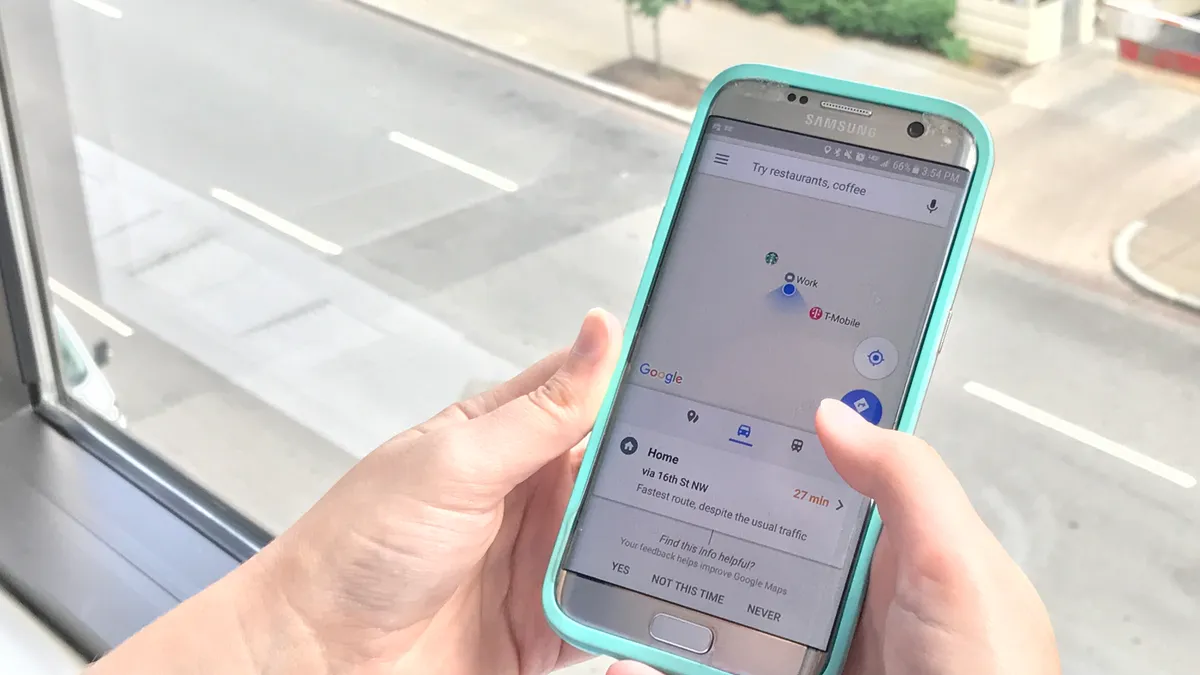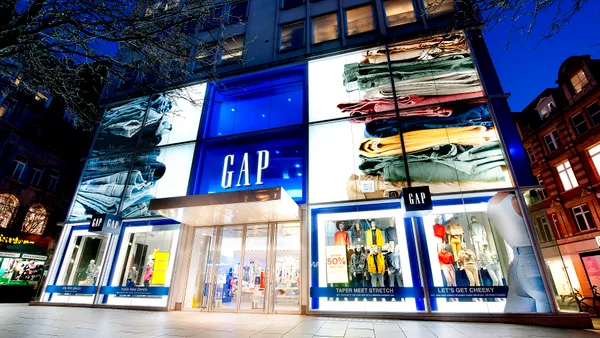Brief:
- Almost two-thirds (65%) of media spending on location-based advertising is wasted because of poor or misdirected targeting, per an analysis by data verification firm Location Sciences provided to Mobile Marketer. Twenty-nine percent of location-based media spending went to delivering ad impressions outside of the geotargeted area, while 36% was wasted because of a lack of quality location signals.
- More than a third (36%) of the top GPS-enabled apps were found to display location fraud, according to the firm's study of 500 million targeted impressions delivered in the U.S. and U.K. in the first half of 2019. Improved data transparency could lead to a 40% gain in location signal quality and 10% boost in accuracy, the study found.
- Less than half (45%) of geotargeting data suppliers provided almost perfect location accuracy, while 35% demonstrated almost perfect signal quality. Location Services tracked ad impressions with a tag embedded in digital creative and measured latitude and longitude coordinates, device ID, publisher ID and the IP address of the connection.
Insight:
Reaching consumers with location-based ads is considered one of the most powerful promotional strategies, underpinning the increased spending on mobile, out-of-home (OOH) and experiential marketing.
The ability to connect with on-the-go customers when they're ready to shop, or to direct them to nearby stores, restaurants and entertainment venues is a key advantage for mobile platforms. However, those capabilities are undermined when location-based ads are misdirected because of poor-quality data or signals. Location-based ad targeting has much room for improvement, as Location Services' study and a separate report by Ericsson's Emodo suggest.
Improved location data would support growth in geotargeted advertising. Eighty-nine percent of marketers said they increased sales by using consumer location data to boost the effectiveness of their ad campaigns, a survey by location data provider Factual found. The percentage of marketers that plan to use location data in their marketing will grow to 94% next year from 84% this year. The top uses of location data are forecast to be ad targeting (67% of marketers), audience engagement (53%) and customer experience (52%), the survey predicts.
Restaurant chains have been early adopters of location data that provide consumer insights or support marketing campaigns. Taco Bell used location data to see how one of its restaurants in Manhattan got more local foot traffic compared to one several blocks away that attracted customers from a wider area, per Bloomberg. McDonald's last year ran a campaign that earned 6.4 million mobile impressions by tying together OOH billboards and in-app advertising on Google-owned navigation app Waze. Rival Burger King also used location-based tactics to drive app downloads and in-store visits.
In addition to challenges with data accuracy, location-based marketing faces concerns about its relevance for targeting and possible privacy invasions. In the absence of a federal privacy law, U.S. states and cities are working on a patchwork of regulations to address consumer concerns about data sharing. As federal efforts sputter, California is setting the national agenda for consumer privacy with the California Consumer Privacy Act (CCPA) that takes effect in January. On a more local level, New York City is weighing whether to ban the controversial practice of selling mobile users' location data, eliminating a revenue source for telecommunications companies and apps that collect the troves of information.











